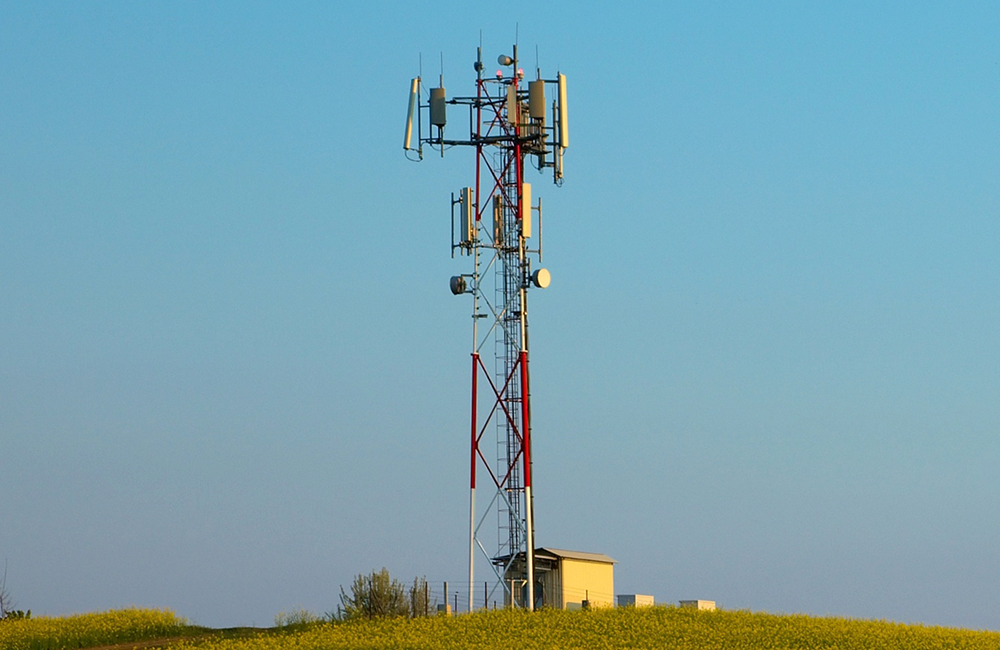ECOSYSTEM FLEXIBILITY
The day is approaching when it will no longer make sense to buy single- purpose boxes that do not play well with devices designed by other OEMs.
In today’s world of heightened cyberthreats, an inflexible ecosystem aligned with a single vendor opens a platform up to risk from attacks. Should a vulnerability be found within a firmware or software version that has been broadly deployed across the network, greater systemic risk is the result. There is no perfect cybersecurity solution, and O-RAN has its own subset of security challenges that come from being an open architecture. The question becomes: Can it provide security equivalent to that of a closed platform? Or, better yet: When do the benefits surpass the ability to mitigate the risks? Surely some openness is better than none, but there is a valid argument that some key closed parts are better left closed. This is one of the key challenges the industry must resolve.
A multivendor solution provides the flexibility to choose best-in-class components for deployments. Software can be tailored to meet the performance requirements of any utility, all working on proven hardware platforms. System requirements and use cases could be matched, enabling utilities to customize systems for their own operating environments and demands. For example, splitting the architecture and disaggregating the RAN opens the opportunity for an improved feature set and better localized optimization. It enables adaption to specific use case requirements that may have variable latency or throughput. Utility-grade LTE built on carrier-grade technology could be a win-win model for utilities.
Luckily for utilities, having a greenfield network build-out ahead of them means they can skip the transitional steps and legacy support required for operators with existing previous generation networks. They have the opportunity to architect the network they need, when they need it.
.png?width=175&name=azco-white-logo-2020%20(1).png)

